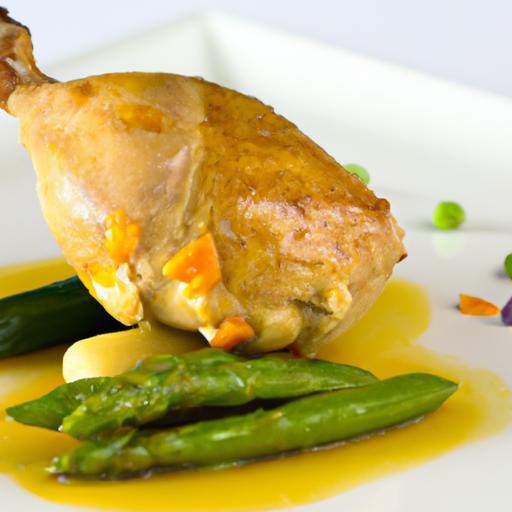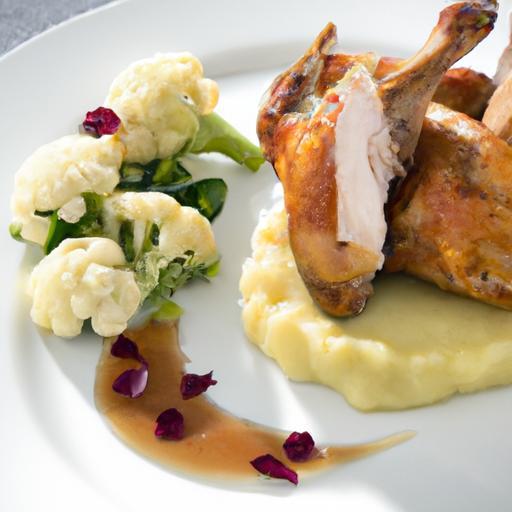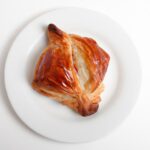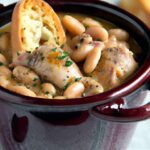When it comes to cooking chicken, achieving tender, juicy perfection can often feel like a delicate dance with temperature. Too hot, and you risk drying out the meat; too cool, and you invite undercooking-or worse, safety concerns. Enter poaching: the gentle art of cooking chicken in warm, simmering liquid that embraces the bird with even heat and moisture. But what exactly is the secret temperature to unlock maximum flavor and ideal texture? In this exploration of poaching temperatures, we’ll dive deep into the science and technique behind this underrated cooking method, empowering you to master chicken like never before. Whether you’re a seasoned chef or a home-cooking enthusiast, get ready to transform your poultry game one perfectly poached bite at a time.
Mastering Chicken: Exploring Poaching Temperatures for Perfection
Mastering chicken through precise poaching techniques unfolds a world of tender juiciness and delicate flavor that few methods can rival. This gentle cooking process, cherished since classic French cuisine, transforms simple cuts into moist, melt-in-your-mouth delights without drying out the meat or sacrificing natural taste.
Prep and Cook Time
Preparation: 10 minutes
Cooking: 20-30 minutes (depending on cut)
Yield
Serves 4
Difficulty Level
Easy to Medium
Ingredients
- 4 boneless, skinless chicken breasts (about 6 oz each)
- 4 cups low-sodium chicken broth or water
- 1 lemon, sliced
- 3 garlic cloves, crushed
- 1 small onion, quartered
- 2 sprigs fresh thyme
- 1 bay leaf
- Salt and freshly ground black pepper, to taste
Instructions
- Prepare your poaching liquid: In a deep skillet or saucepan, combine the chicken broth, lemon slices, garlic, onion, thyme, and bay leaf. Bring gently to a bare simmer over medium heat.
- Season the chicken: Lightly season each chicken breast with salt and pepper.
- Add chicken to liquid: Submerge chicken breasts fully in the simmering broth. Adjust heat to maintain a steady poaching temperature between 160°F to 180°F (71°C to 82°C), which is essential for tender juiciness.
- Monitor temperature closely: Use a digital probe or instant-read thermometer to keep the water steady without boiling. Boiling tightens proteins and toughens meat, so maintain gentle bubbles or just barely visible steam.
- Cook time varies by cut: For breasts, poach for 20 minutes until internal temperature reaches 165°F (74°C). Thicker cuts like bone-in thighs require 25-30 minutes. Remove immediately once reached to avoid overcooking.
- Rest before slicing: Transfer chicken to a plate and let rest 5 minutes under foil to lock in juices and enhance tenderness.
Tips for Success
- For extra flavor, swap water with a mix of white wine and broth or add fresh herbs like rosemary and parsley to your poaching liquid.
- If poaching multiple pieces, don’t overcrowd the pot; cook in batches ensuring even heat distribution.
- Use a sous vide immersion circulator for precise temperature control, ideal if you want perfection every time.
- Over-poaching is the most common pitfall; trust your thermometer and err on the side of caution to keep chicken moist.
- Make-ahead tip: Poached chicken can be chilled and stored for up to 3 days, making it perfect for salads, sandwiches, or quick weeknight dinners.
Serving Suggestions
Serve your beautifully poached chicken sliced over a fresh bed of arugula with a drizzle of lemon vinaigrette. Garnish with freshly cracked black pepper, chopped herbs, and a sprinkle of toasted almonds for a textural contrast. Pair with light couscous, roasted seasonal vegetables, or a creamy risotto to create a refined, balanced plate.
| Nutrient | Per Serving (Approx.) |
|---|---|
| Calories | 220 |
| Protein | 36g |
| Carbohydrates | 2g |
| Fat | 5g |

For more detailed flavor profiles and complementary recipes, explore our best poultry cooking methods guide. To deepen your understanding of meat science, the Serious Eats poaching guide is an excellent resource.
Q&A
Q&A: Mastering Chicken – Exploring Poaching Temperatures for Perfection
Q1: What makes poaching chicken different from other cooking methods?
A: Poaching is a gentle and moist-heat cooking technique where chicken is submerged in a flavorful liquid at relatively low temperatures. Unlike grilling or roasting, poaching keeps the meat tender and juicy by avoiding high heat that can toughen the fibers, making it perfect for delicate textures and subtle flavors.
Q2: Why is controlling the poaching temperature so crucial?
A: Temperature is the heart of poaching magic. Too low, and the chicken might stay undercooked and unsafe; too high, and it transforms into a rubbery, overcooked mess. The ideal temperature range allows the proteins to slowly coagulate, preserving moisture and delivering succulence in every bite.
Q3: What is the optimal temperature range for poaching chicken?
A: The sweet spot lies between 160°F and 180°F (71°C to 82°C). Within this range, chicken cooks evenly and gently, allowing the meat to reach a safe internal temperature of 165°F (74°C) while staying tender and juicy.
Q4: Can you poach chicken at boiling point?
A: Boiling (212°F or 100°C) is a no-go for poaching. At this high temperature, chicken proteins seize up quickly, squeezing out moisture and yielding tough, dry meat. Poaching thrives on simmering or very gentle heat just below boiling.
Q5: How long should chicken be poached at the right temperature?
A: Time depends on the cut and thickness. For boneless, skinless breasts, poaching at around 170°F (77°C) takes roughly 15-20 minutes. Thicker or bone-in pieces need more time. The key is to monitor internal temperature rather than relying only on time.
Q6: What liquids can you use to poach chicken?
A: The poaching liquid is your flavor playground! Classic choices include chicken broth, white wine, or water infused with aromatics like garlic, herbs, lemon, or spices. The gentle heat lets the chicken absorb these nuanced flavors without overwhelming the palate.
Q7: How do you check if poached chicken is perfectly done?
A: Use a reliable instant-read thermometer. Insert it into the thickest part-the chicken is safe and ready when it reaches 165°F (74°C). The meat should be opaque, tender, and slightly springy but never rubbery or dry.
Q8: What are some creative uses for perfectly poached chicken?
A: Poached chicken’s versatility shines in salads, sandwiches, shredded for tacos, or blended into creamy soups. Because it’s moist and mild, it pairs beautifully with a variety of sauces and seasonings, making it a blank canvas for culinary creativity.
Q9: Any tips for poaching chicken like a pro?
A: Absolutely! Start with room-temperature chicken to ensure even cooking. Keep the liquid at a gentle simmer, not a boil, and resist lifting the lid frequently to maintain temperature control. After poaching, let the chicken rest in the liquid off heat-it stays juicy and flavorful this way.
Mastering poached chicken is an art of temperature, timing, and liquid harmony. When these elements align, your chicken emerges tender, juicy, and bursting with subtle deliciousness-an effortless recipe for culinary perfection.
Wrapping Up
As you embark on your journey to master chicken through the precise art of poaching, remember that temperature is your silent sous-chef, guiding you toward tenderness and safety in every bite. By exploring the delicate thermal dance between warmth and time, you unlock the secret to juicy, flavorful chicken that sings with every forkful. Whether you’re crafting a cozy weeknight dinner or an elegant culinary creation, understanding poaching temperatures transforms a simple ingredient into a masterpiece of texture and taste. So, embrace the science, trust the process, and let your poached chicken be the testament to your newfound kitchen mastery.


